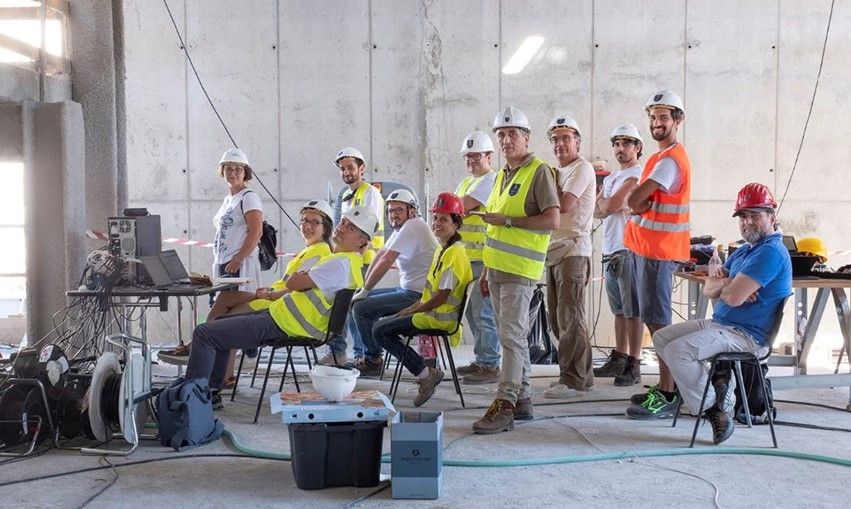New Technologies for Cultural Heritage Protection in Camerino, Italy: Latest Activities of INGV and UNICAM
22 March 2021
The Italian National Institute of Geophysics and Volcanology (INGV) and the University of Camerino (UNICAM) completed the installation of new seismic monitoring systems in Camerino, Italy, one of the ARCH Foundation City partners. Fourteen seismic stations of the latest generation were installed by INGV in order to monitor the local effects of seismic events. This new urban seismic network marks progress in creating an innovative system for real-time monitoring of Camerino, comprising many stations within an area of significant historic and cultural value. The monitoring network includes real-time data recording and a complex post-processing system. The possible integration of this new urban monitoring system with the Italian seismic network will help to improve awareness of the seismic effects and enhance the assessment of risk scenarios; both fundamental for the preservation of cultural heritage, the fostering of urban resilience, and the improvement of civil protection strategies. Antonio Costanzo, scientific coordinator for the ARCH activities of INGV, and Antonino D’Alessandro coordinated the installation, which was carried out by Giovanni Vitale, Stefano Speciale, and Sergio Falcone. Moving forward, data from this network of seismic stations will be used in the ARCH Decision Support System developed by the Italian Agency for New Technologies, Energy and Sustainable Economic Development (ENEA) and UNICAM.
This network is part of a wider plan aiming at preserving the cultural heritage of Camerino, which also includes systems of sensors to monitor accelerations, displacements, tilts, and environmental parameters of historic buildings and their valuable contents (e.g. artwork collections). The design of the building monitoring system, which includes innovative remote-controlled acquisition and algorithms for data processing, was developed by UNICAM. It has now been applied to two iconic locations in Camerino that will serve as case studies for the system: the Camerino Ducal Palace and the church of Santa Maria in Via. These installations play a strategic role in the current post-earthquake phase, especially in evaluating the efficacy of the safety interventions and providing the knowledge required to effectively target seismic upgrading. But beyond these purposes, the monitoring functions of the system will also highlight possible critical situations caused by the natural degradations of materials or posed by future seismic events. The design and installation of the building monitoring systems were made by the structural engineering group at UNICAM, led by Professors Andrea Dall’Asta, Graziano Leoni, Alessandro Zona, and Michele Morici.
The success of the activities in Camerino was made possible thanks to the coordinator of ARCH, Daniel Lückerath (Fraunhofer Institute IAIS), as well as the other partners involved, specifically the Camerino Municipality. To learn more about the work of Camerino, visit their ARCH Foundation City homepage or read their baseline report.
For more details and photographs, read the INGV press release (in Italian and English). Photo permissions: Prof. Dall’Asta
Back
